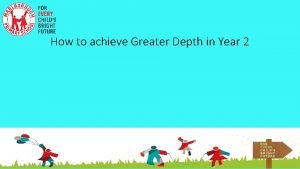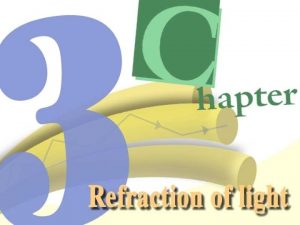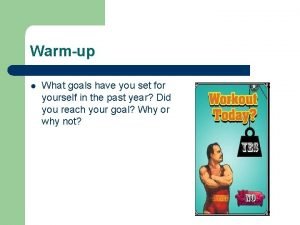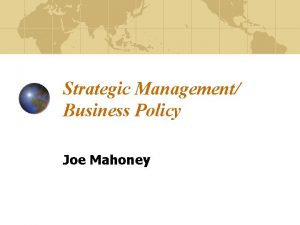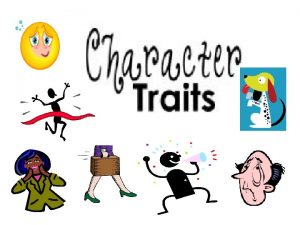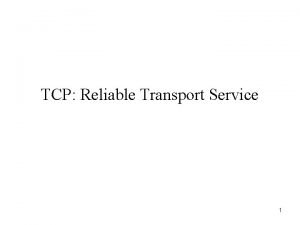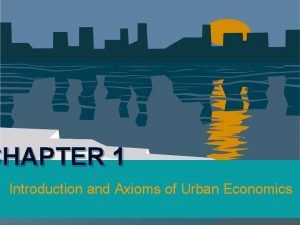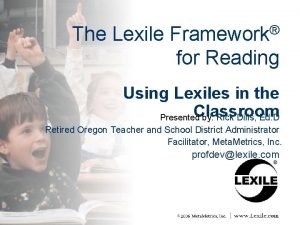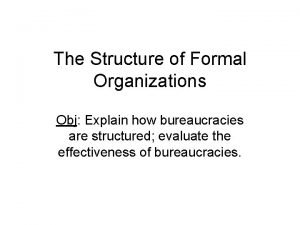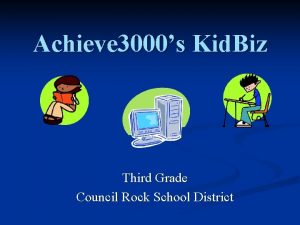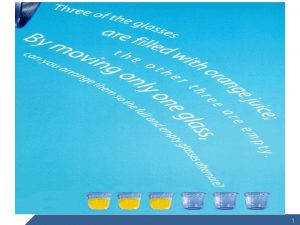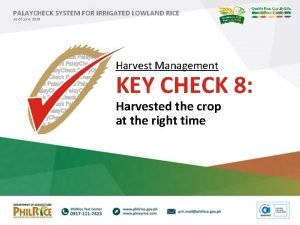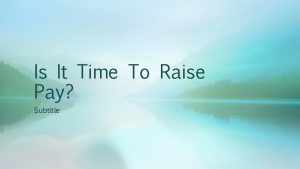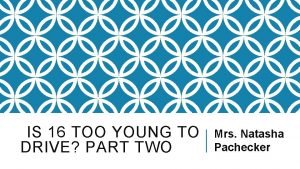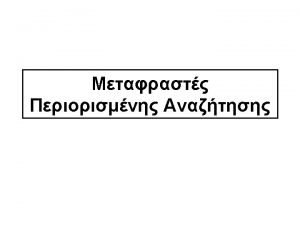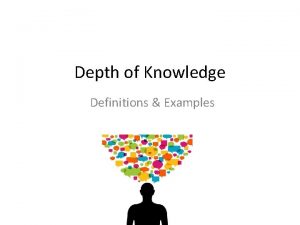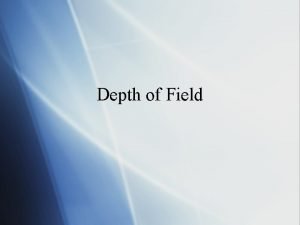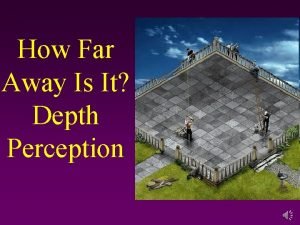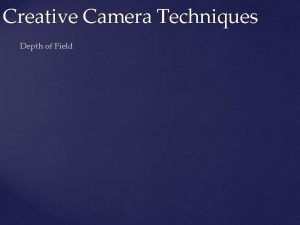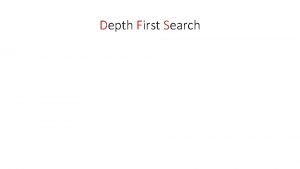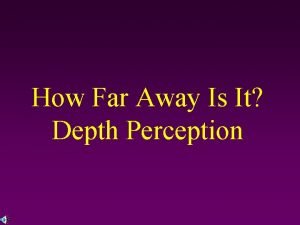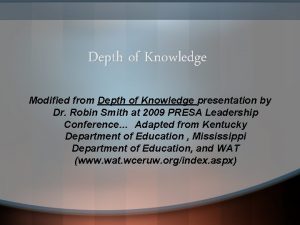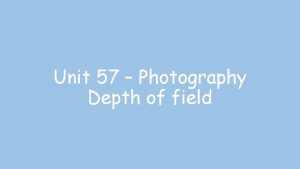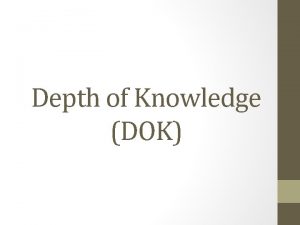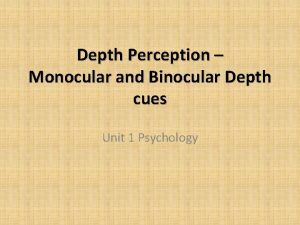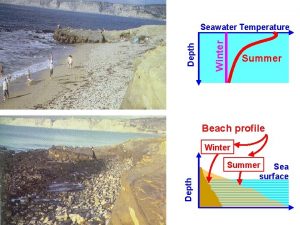How to achieve Greater Depth in Year 2















- Slides: 15

How to achieve Greater Depth in Year 2

Aims of this workshop • To achieve a stronger understanding of what ‘Greater Depth’ means • To unpick the TAF to understand the expectations of Greater Depth • To have the opportunity to look at examples of Greater Depth writing • To further understand SPAG terms

What is Greater Depth?

What is the TAF? • The TAF is an acronym for the ‘Teacher Assessment Framework’ • TAFs support teachers in making statutory judgements for children at the end of their Key Stage • TAFs are available for Maths, Reading and Writing • TAFs focus on key aspects of the curriculum • The framework has a range of ‘Pupil can’ statements which guide teachers judgements

Using The Writing Framework • There are three main final judgements – Working Towards, Expected or Greater Depth Secure • To judge that a pupil is working above age related expectations (GDS), the child must be incorporating ALL of the statements within their writing.

What does the TAF look like?

What does the TAF look like?

What is SPAG? • SPAG stands for ‘Spelling, Punctuation and Grammar’ • In Year 2, SPAG is embedded in the children’s daily phonics lessons and expected to be applied to their writing • Children are expected to use phonetically plausible spellings • Common exception words are expected to be spelt correctly

Year 2 Spelling In Year 2, children are expected to: • Segment spoken words into phonemes and represent as graphemes • Learn new ways of spelling phonemes that another spelling is already known (eg. /er/ as in water and /or/ as in worm) • Spell common exception words • Spell words with contracted forms (eg. doesn’t) • Add suffixes to spell longer words

Year 2 Common Exception Words

Year 2 Punctuation • Children use a wide range of familiar and new punctuation correctly including full stops, capital letters, exclamation marks, question marks, commas for lists and apostrophes for contracted forms and the possessive

Year 2 Grammar • Children consistently use the correct and consistent present and past tense • Children also use the progressive form of verbs in present and past tense • Use a variety of sentence structures (statements, commands, exclamation sentences and questions)

Examples of Greater Depth at Marlborough Revising and editing Using punctuation correctly

Examples of Greater Depth at Marlborough Using different sentence types Using a variety of conjunctions

Examples of Greater Depth at Marlborough A range of suffixes Using Year 2 punctuation
 Spag stands for
Spag stands for Real depth and apparent depth
Real depth and apparent depth Inspirational year 6 leavers poem
Inspirational year 6 leavers poem List of goals to set for yourself
List of goals to set for yourself A transnational corporate-level strategy seeks to achieve
A transnational corporate-level strategy seeks to achieve A strong desire to be successful or achieve great things
A strong desire to be successful or achieve great things To achieve reliable transport in tcp
To achieve reliable transport in tcp 5 axioms of urban economics
5 axioms of urban economics Lexile scale
Lexile scale Informal structure in a bureaucracy example
Informal structure in a bureaucracy example Kid biz 3000
Kid biz 3000 Achieve the core ela
Achieve the core ela Mountain island elementary school
Mountain island elementary school Achieve
Achieve Is it time to raise pay achieve 3000 answers
Is it time to raise pay achieve 3000 answers Too young to drive achieve 3000
Too young to drive achieve 3000
